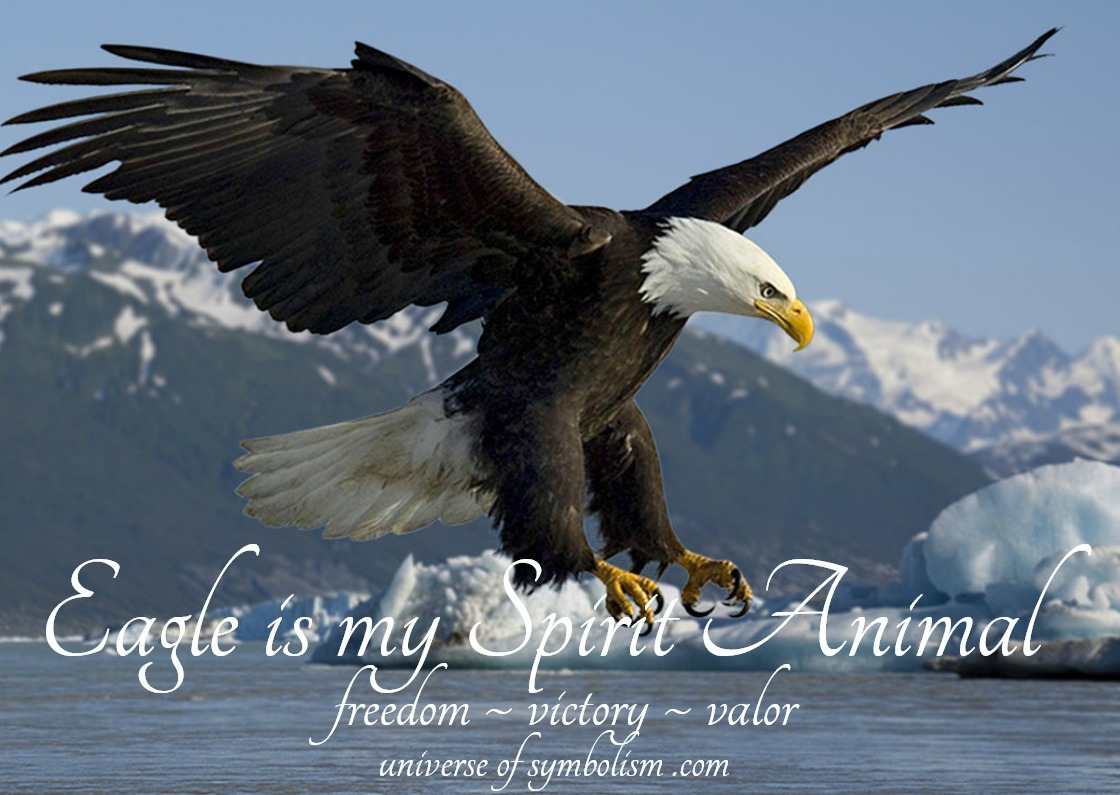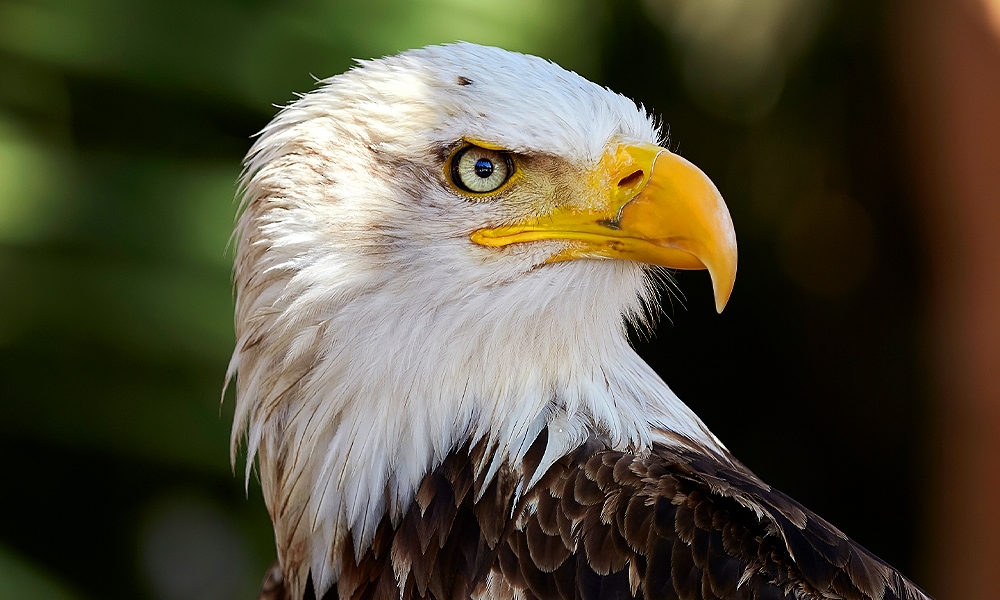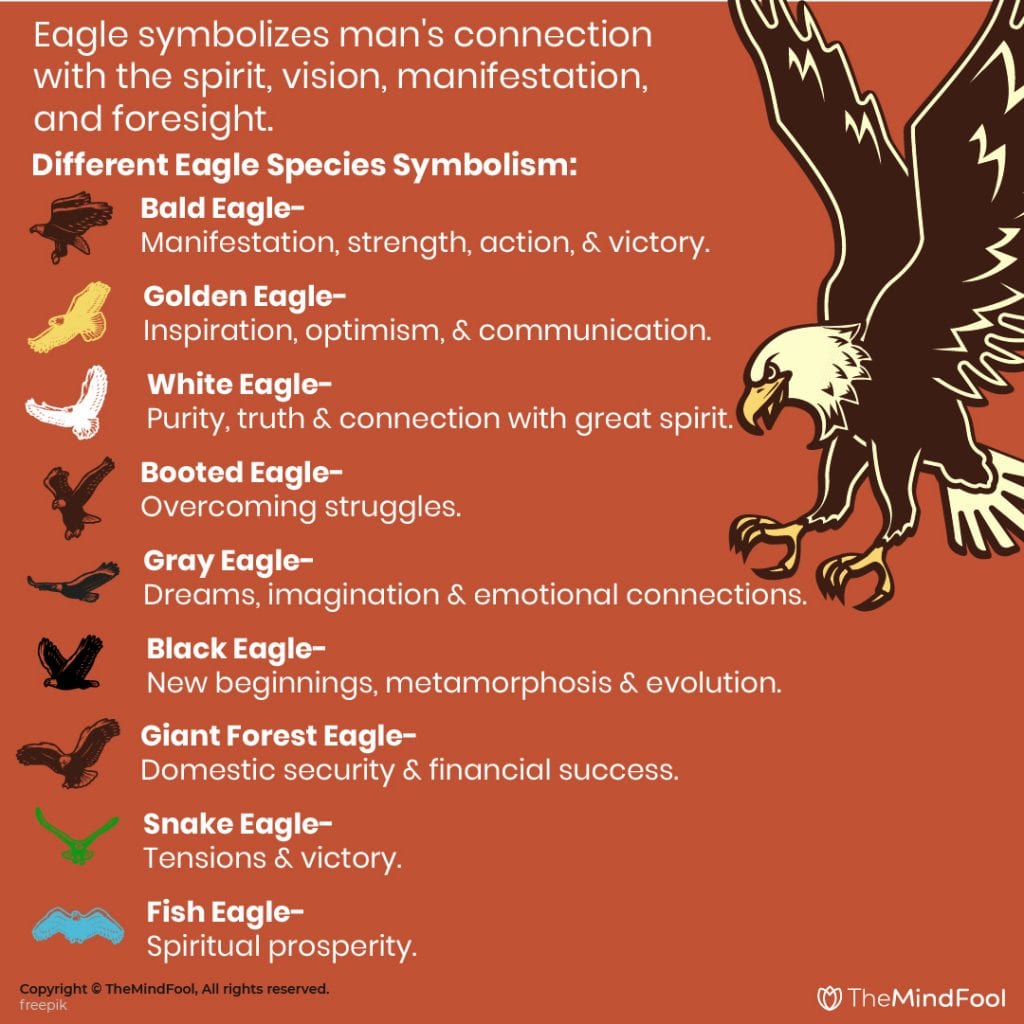
Native American Bird Symbolism: Eagles, Ravens, and Their Profound Spiritual Significance
The vast and intricate tapestry of Native American cultures is woven deeply with the threads of the natural world, where every creature, plant, and geological formation holds a sacred story, a teaching, or a spiritual connection. Among these revered beings, birds stand out as powerful conduits to the spirit realm, their ability to soar between earth and sky making them natural messengers and symbols of profound spiritual significance. Dominating this aerial pantheon are two birds of immense power and contrasting mystique: the majestic Eagle and the enigmatic Raven. While one represents the sun-drenched heights of honor and prayer, the other navigates the shadowy depths of creation and transformation. Together, they encapsulate the breadth of Native American cosmology, embodying a duality essential to understanding their spiritual worldview.
The Eagle: Messenger to the Creator, Symbol of Honor and Vision
For countless Native American nations, the Eagle is not merely a bird; it is a living embodiment of the Great Spirit, a direct messenger to the Creator. Its unparalleled ability to fly higher than any other bird means it carries prayers from the people to the divine and brings back wisdom and visions. The Eagle’s piercing gaze, capable of seeing vast distances, symbolizes foresight, clear vision, and the ability to perceive truth beyond the immediate. Its strength and courage in the face of storms represent resilience and the bravery required to navigate life’s challenges.
The Bald Eagle (and sometimes the Golden Eagle) is particularly revered. Its feathers, in particular, are among the most sacred objects in Native American cultures, often equated with human life. To be gifted an eagle feather is an immense honor, signifying courage, wisdom, strength, and a deep spiritual connection. These feathers are central to countless ceremonies, dances, and rituals, used to bless, to heal, to honor, and to purify. They are worn by chiefs and spiritual leaders, adorning war bonnets, staffs, and sacred bundles, each feather representing an act of bravery or a spiritual accomplishment. The Lakota people, for instance, believe that the Eagle carries their prayers directly to Wakan Tanka, the Great Mystery, with each feather symbolizing a spiritual truth. "The eagle has the ability to fly to the heavens and to deliver our prayers," states a common teaching. "Its feathers are sacred gifts from the Creator, representing power and strength."
The spiritual weight of the eagle is so profound that its protection has become a complex issue. The Bald and Golden Eagle Protection Act in the United States, while well-intentioned for conservation, initially created challenges for Native Americans who traditionally used eagle feathers. Recognizing this, the U.S. Fish and Wildlife Service now operates a National Eagle Repository, which collects deceased eagles and provides their parts to federally recognized Native American tribes for religious and cultural purposes, underscoring the enduring and indispensable role of the eagle in their spiritual practices.

Beyond its role as a messenger, the Eagle embodies leadership and a profound sense of responsibility. Many tribes view the Eagle as the chief of all birds, a symbol of authority and guidance. For the Hopi, the Eagle is associated with the sky and fertility, often depicted in Kachina dances, bringing rain and blessings. The Zuni consider the Eagle a guardian, linking it to the sun and the celestial realm. Its presence signals a moment of spiritual significance, a reminder to look upwards, to seek higher truths, and to live with honor and purpose. The Eagle teaches that true strength lies not just in power, but in the wisdom to use that power for the good of all.
The Raven: Trickster, Creator, and Bringer of Light
In stark contrast to the Eagle’s soaring majesty and overt sacredness, the Raven operates in the shadows, a master of paradox and transformation. Across numerous Native American traditions, particularly among the Pacific Northwest coastal tribes such as the Haida, Tlingit, and Kwakwaka’wakw, the Raven is a pivotal figure: a creator god, a culture hero, and an irrepressible trickster. It is a being of immense intelligence, curiosity, and adaptability, often credited with shaping the world, bringing light to humanity, and teaching people how to live.
The Raven’s symbolism is characterized by its duality. It is both benevolent and mischievous, a bringer of good fortune and a harbinger of change, sometimes even a prankster who causes chaos. This dual nature is not seen as contradictory but rather as a reflection of the complexities of life itself—the interplay of light and shadow, order and disorder, creation and destruction. The Raven reminds us that wisdom can come from unexpected places, and that transformation often requires disruption.
One of the most famous Raven stories, prevalent among the Pacific Northwest peoples, tells of how the world was once dark, and the sun, moon, and stars were hidden in a box by a selfish old man. Raven, in his cleverness and shapeshifting ability, transformed into a baby and tricked the old man into releasing the celestial bodies, thus bringing light to the world. He also stole fresh water, salmon, and fire, distributing them to humanity. This narrative positions the Raven not just as a trickster, but as a profound benefactor, albeit one who achieves his goals through cunning and often unconventional means. As the Haida say, "Raven is always hungry, always curious, always moving things around, and that’s how the world came to be."
The Raven also embodies magic, mystery, and the unknown. Its jet-black feathers are associated with the night, the subconscious, and the spiritual realms that exist beyond ordinary perception. It is a guide through darkness, helping individuals discover hidden truths and unleash their creative potential. For some Inuit and Yup’ik communities, Raven is a creator who shaped the land and the animals, a powerful shaman capable of crossing between worlds. The Apache sometimes view the Raven as a messenger of change, signaling the end of one cycle and the beginning of another. Its keen intellect and ability to mimic sounds also contribute to its reputation as a master of illusion and communication.
Unlike the Eagle, whose symbolism is often straightforward and aspirational, the Raven challenges humans to look deeper, to embrace ambiguity, and to understand that creation often emerges from chaos. It teaches adaptability, problem-solving, and the importance of questioning the status quo. The Raven reminds us that the world is full of wonders and mysteries, and that a playful, inquisitive spirit is essential for discovery and growth.
A Duality of Sacred Power: Earth, Sky, and the Balance of Existence
The Eagle and the Raven, despite their distinct symbolic domains, are not opposing forces but rather complementary aspects of a holistic spiritual worldview. The Eagle, with its connection to the sun, the upper world, and overt spiritual power, represents the clarity, honor, and direct communication with the divine. It embodies the aspirational qualities of humanity—courage, wisdom, and leadership. Its flight is a prayer, its feather a sacred testament.

The Raven, on the other hand, delves into the moonlit mysteries, the underworld, and the intricate dance of creation and transformation. It represents the hidden wisdom, the power of adaptability, and the sometimes-uncomfortable truths that lead to profound change. Its trickster nature ensures that life remains dynamic, unpredictable, and ripe for growth. Where the Eagle provides vision from above, the Raven offers insight from within the depths.
Together, they represent the full spectrum of existence—the light and the dark, the seen and the unseen, the structured and the chaotic, the sacred and the profane (in a transformative sense). Native American spirituality often emphasizes balance and harmony, and the interplay between Eagle and Raven perfectly illustrates this principle. One cannot fully appreciate the light without understanding the shadows, nor can creation happen without some form of transformation or disruption. They teach that true spiritual understanding encompasses both the clear, high-flying vision and the clever, ground-level adaptability.
Enduring Significance in a Modern World
Today, the spiritual significance of Eagles and Ravens remains undiminished within Native American communities. They continue to feature prominently in contemporary art, literature, and cultural expressions, serving as potent symbols of identity, resilience, and connection to ancestral traditions. Conservation efforts for these birds are often deeply intertwined with their spiritual value, as protecting the birds means protecting a vital part of cultural heritage and spiritual practice.
The enduring reverence for the Eagle and the nuanced understanding of the Raven offer profound lessons for a world often grappling with simplistic interpretations and a disconnection from nature. They remind us of the intricate relationship between humanity and the natural world, urging a respectful approach to all living beings. Through the lens of Native American bird symbolism, we are invited to look beyond the obvious, to seek wisdom in both the soaring heights and the shadowy depths, and to understand that true spiritual richness lies in embracing the complex, dualistic, and ever-transforming nature of existence. The Eagle and the Raven, in their sacred dance, continue to guide, teach, and inspire, bridging the gap between the earthly and the divine.